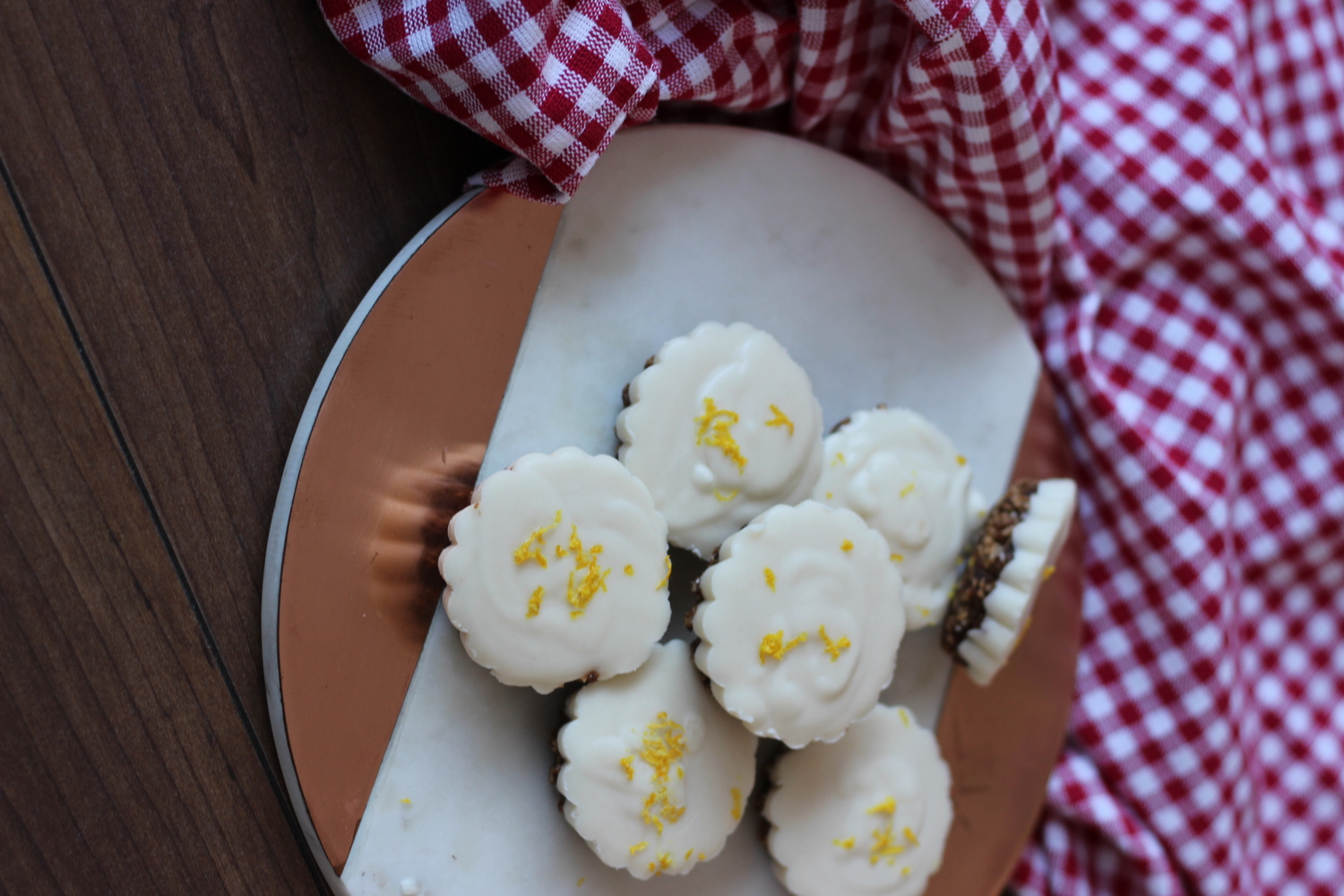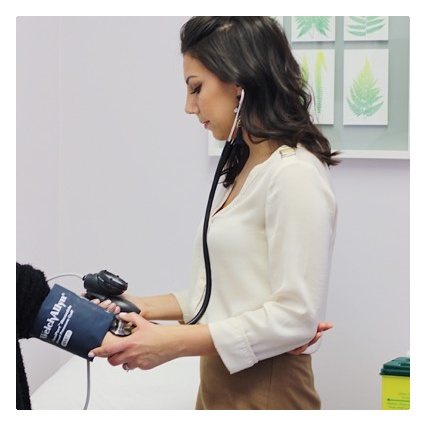By: Dr. Melanie DeCunha, Naturopathic Doctor
Have you ever stood up too quickly and felt the room just fade out of vision? Or been standing for a prolonged period and then just felt the floor drop out from under you? If you have experienced this, there’s a chance you might have low blood pressure. Low blood pressure is a leading cause of dizziness.
As part of a complete physical examination, I check the blood pressure of every patient. Many people tell me they don't know what their normal blood pressure usually is. While for some people we find out that it's higher than we like to see it, more often than not, I am detecting LOW blood pressure in people.
What's a normal blood pressure?
Now it’s important to note blood pressure is constantly in flux depending on your movement, emotions, diet, hydration level, etc. For reference, 120/80mmHg is the general benchmark reading for blood pressure. The most recent guidelines according to the American Heart Association indicate that 3 consecutive readings of blood pressure above 130/80mmHg is considered high. High blood pressure is also known as hypertension (and then it is graded from there depending on severity). Below 120/80mmHg is considered normal, however when it drops below 90/60mmHg it is considered low – hypotension.
Because blood pressure changes so rapidly, we take readings over several visits to get an accurate picture. We also take into consideration the phenomena of “white coat syndrome†which is commonly experienced by many people. This is when a person transiently experiences elevated blood pressure while in a doctor’s office. Needless to say, one single reading of high blood pressure is not enough cause for concern (unless it is accompanied by symptoms or if it's above a certain threshold).
The potential effects of low blood pressure
On the other hand, having “low†blood pressure is generally a good thing. In my practice, I often see people with blood pressure closer to 100/70mmHg without any complaints linked to their blood pressure. However, everyone is different, and what might be one person’s “normal†could be too high or low for another person. If blood pressure is too low, the most common sign is lightheadedness, particularly when rising from a seated or reclined position (orthostatic). It could even happen after standing for a prolonged period, or after meals. While lightheadedness is generally self-limiting, if significant it may cause syncope (fainting) resulting in head or bodily injury.
If I find that someone has consistently low blood pressure that is symptomatic, this may warrant a deeper look to find out the cause. Some of the most common underlying causes of hypotension I see include nutrient deficiencies (eg. B12, iron), inadequate diet/hydration, anemia, chronic infections, stress, adrenal issues and hormonal imbalances.
Should I be worried if my blood pressure is low?
The good news is, treating hypotension isn’t generally all too difficult! While we work on treating the root cause, for many people, simply increasing water and electrolyte intake can be enough to get rid of any symptoms. One of the simplest and easiest ways is to add a pinch of salt to your water. Also ensure you are actually drinking enough water – think at least 2-3 litres daily, even more if you are exercising.
I personally have noticed a huge improvement in my hypotension by adding Himalayan salt to my water. I also will only drink from my glass water bottle so I can track how many times I fill it in a day. It can definitely be a scary feeling if you stand up and feel the whole room whirl around you. Focus on rising slowly, and allow your body to adapt to the postural change. Doing this while increasing your hydration you should notice a rapid improvement in symptoms. If you still consistently experience low blood pressure or dizziness with unknown cause, there could be an underlying issue. And it goes without saying, make sure to check with your primary care provider (ahem, naturopath) to get to the bottom of your low blood pressure!





